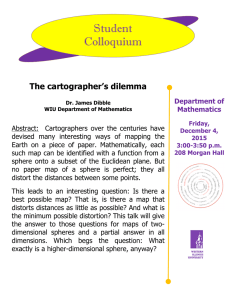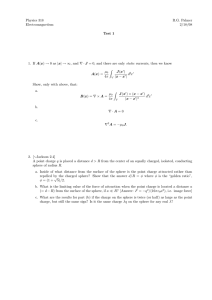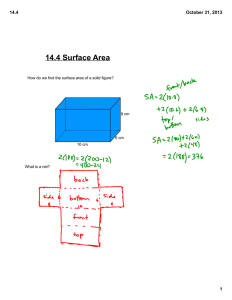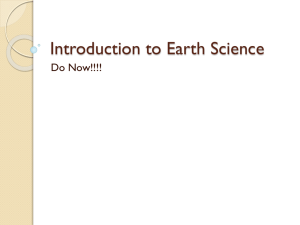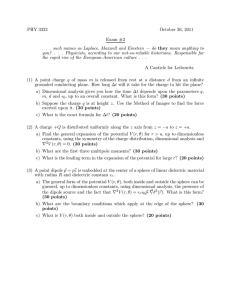Introduction to Earth Science
advertisement
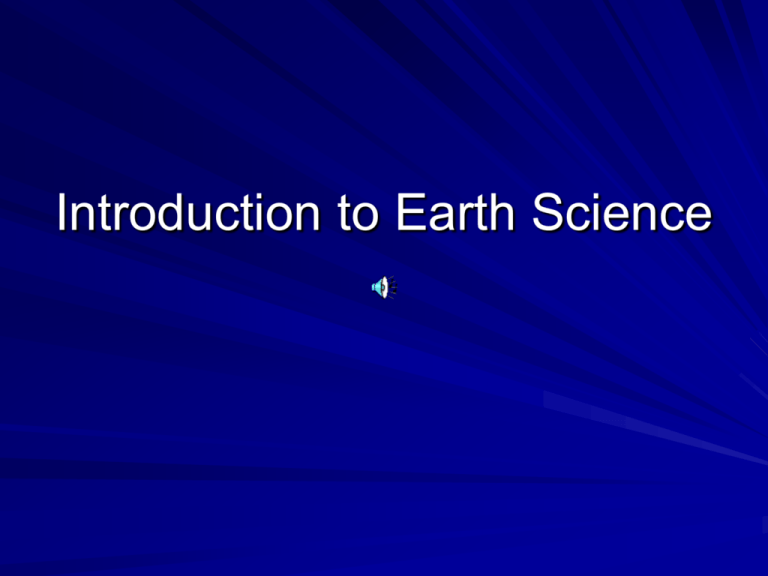
Introduction to Earth Science There are _____ major areas in Earth Science. __________ is the study of space. ____________ is the study of the Earth’s atmosphere. ______________ is the study of the Earth’s oceans. The study of Earth’s surface, materials, and processes is ________. Astronomy In astronomy we will study such topics as the sun and other stars, planets and other objects in our solar system, lunar phases, tides, and eclipses. Meteorology Here we will take a look at cloud and precipitation types, storms such as hurricanes and tornadoes, and fronts, pressure systems, and weather maps. Oceanography We will explore our four major oceans, the properties of seawater, ocean floor and coastline features, ocean sediments, and major ocean currents. Geology Here we tackle a variety of topics including minerals and rocks, volcanoes, earthquakes, faults and folds, soils, erosion, mountains, plate tectonics, and geologic history. Earth Systems Although we study four branches of earth science, there are many interactions between earth’s systems. You are standing on the ______sphere. You are breathing in part of the ______sphere. If you went to the beach or canoed down the James you where visiting the ______sphere. And you and all the other living things on earth make up the _____sphere. Scientific Method When solving problems scientifically we follow a series of steps to avoid wasting time, effort, and resources. These steps include: 1. Defining the ________ (may include research or observation) 2. Stating a ____________ (explanation of observation; must be able to be tested) 3. _________ the hypothesis (involves measurement of one variable at a time) 4. Analyzing the _________ (data organized in graphs, tables, and charts) 5. Drawing _____________ (returning to step #2 as needed) ***This is not a rigid, step-by-step outline.*** Additional Chapter 1 Vocabulary ________- the standard for comparison in an experiment _______- all the variables we are not testing and trying to keep the same ___________________- factor in an experiment that may change if the independent variable changes _____________________- factor that the experimenter changes ______________- also known as SI units; uses a decimal base 10 system; such units as liters, meters, and grams. ____________________- shorthand where a number is expressed as a multiplier and a power of 10 _______- explanation that is consistent with repeated observations, can be tested and make predictions, and is as simple as possible ____- basic fact describing behavior of a natural phenomenon



